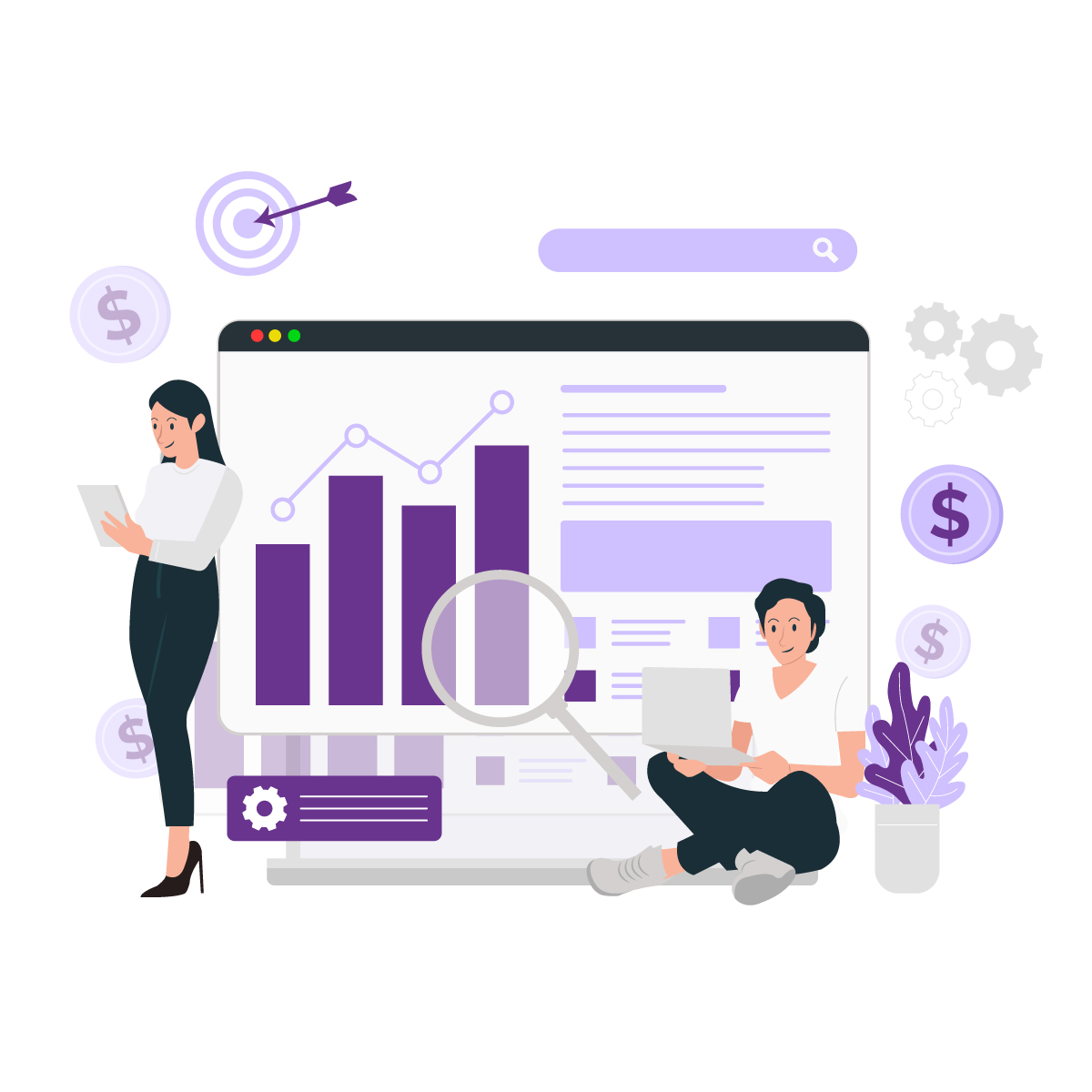Upon the course completion you will::
n8n Automation with Python for Marketing: Learn to use n8n as a powerful automation platform integrated with Python for custom scripting, handling data operations like sorting, merging different sources, and filtering raw data to streamline content planning and team collaboration.
BI Visualization: Master business intelligence tools to create insightful data visualizations that uncover marketing trends, customer behaviors, and campaign performance.
Reporting and Presentation: Develop skills in crafting reports for executives (e.g., CEOs or stakeholders), including how to present data effectively and brief designers on creating polished presentation materials.

 Search
Search 